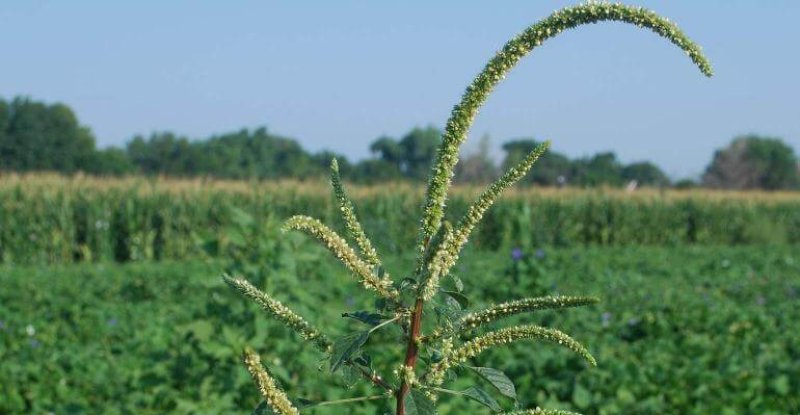Kansas State University (KSU) weed scientists have confirmed a Palmer amaranth population that resists the synthetic auxin (Group 4) herbicides dicamba and 2,4-D. New formulations of dicamba and 2,4-D are used on soybeans in the Roundup Ready Xtend System and the Enlist Weed Control System.
…
This is the first confirmed case of resistance to dicamba and 2,4-D in Palmer amaranth, further magnifying the challenge to manage this weed in conservation tillage systems, noted KSU weed scientists Dallas Peterson….Palmer amaranth is one of the most economically damaging and difficult-to-control broadleaf weeds across the U.S.
…
These types of monocropping systems are the perfect scenario to develop herbicide resistance, but were established many years ago to compare the different cropping systems prior to the time when herbicide resistance was much of a concern. This example further demonstrates the importance of a diversified crop rotation and weed-control program utilizing multiple effective herbicide sites of action through time.
Read full, original article: PALMER AMARANTH THAT RESISTS 2,4-D AND DICAMBA CONFIRMED IN KANSAS































